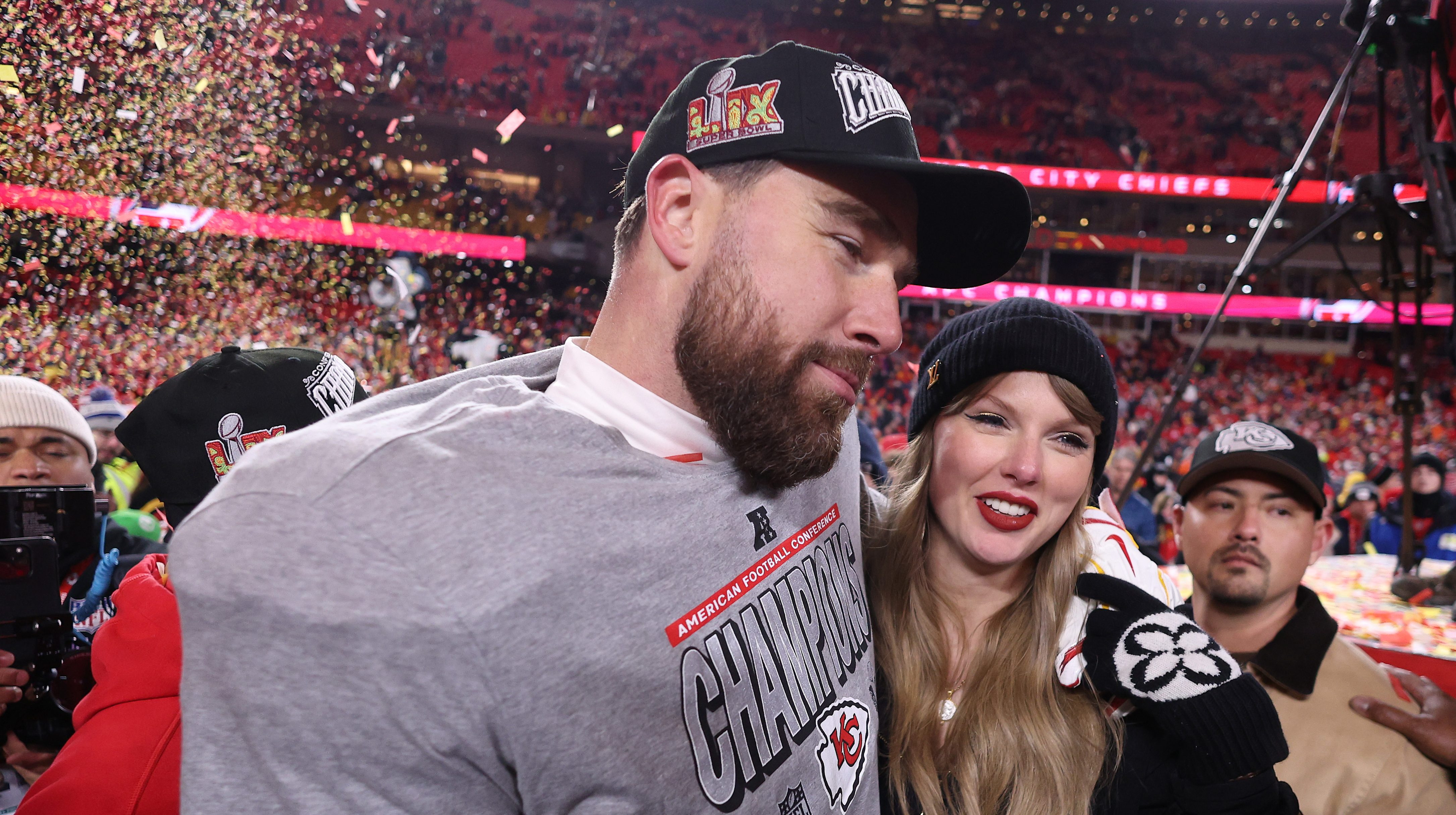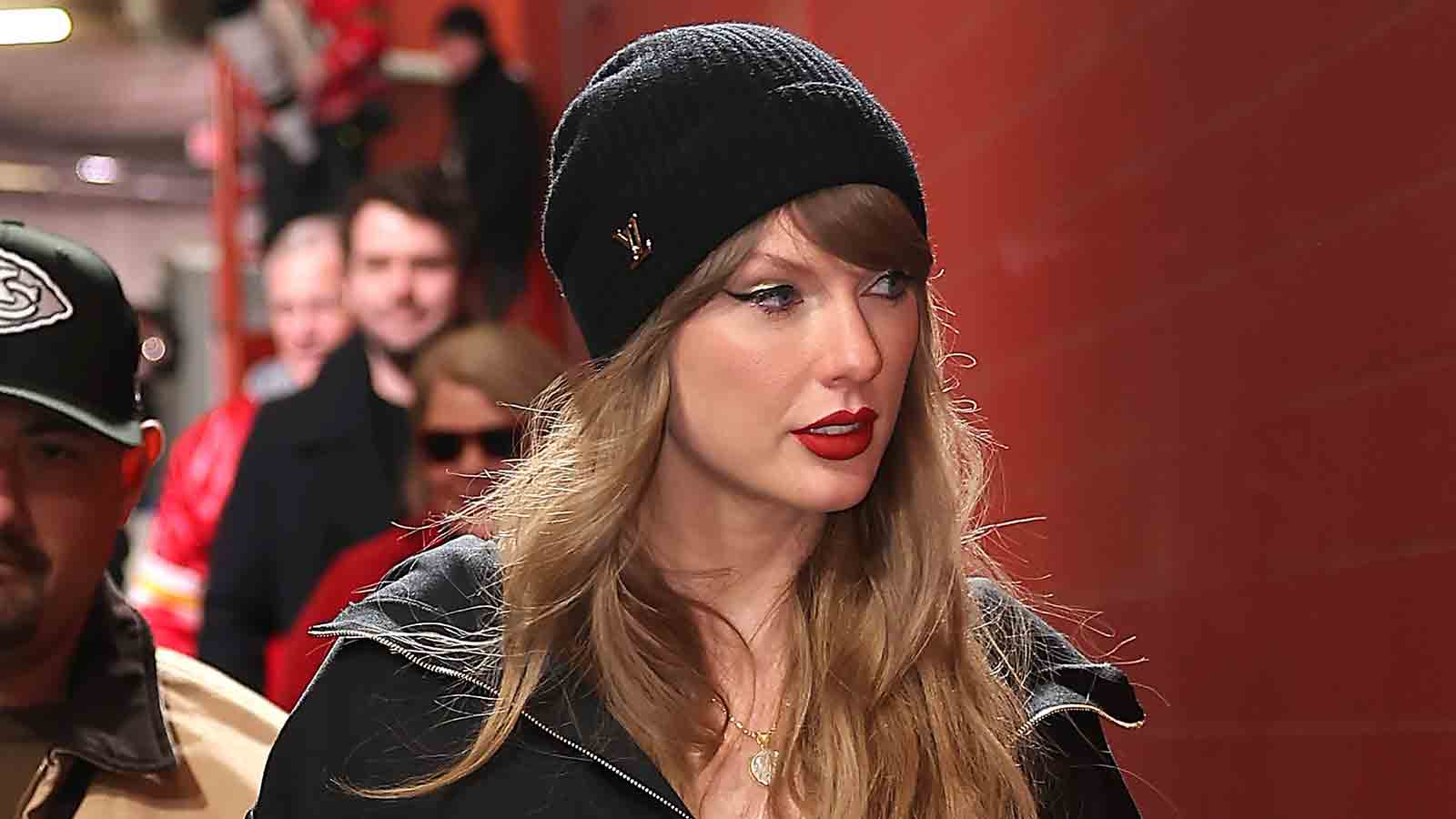“I’m not the one you want an IV from!” Jessica Chastain shares the incredible true story behind her new movie “The Good Nurse,” and shares how the real-life superhero she portrays uses compassion to stop the cycle of violence.
What to Know
- Charles Cullen admitted to killing 29 victims but is believed to have killed more than 300 hospital patients while working as a nurse in New Jersey and Pennsylvania
- “The Good Nurse,” which debuted on Netflix, draws significantly from Charles Graeber’s forensically researched 2013 book, “The Good Nurse: A True Story of Medicine, Madness and Murder"
- The film also scrutinizes the system that allowed Cullen, his nursing license up to date in two states and his record unblemished, to keep working at nine hospitals, leaving a trail of bodies behind at every one
Charles Cullen is by some estimates the most prolific serial killer in American history.
The New Jersey native is the latest figure to make the Netflix homepage in the new film, "The Good Nurse." Eddie Redmayne and Jessica Chastain play Cullen and Amy Loughren, a close friend and colleague who helped the police close their case.
Cullen eventually admitted to killing 29 victims but is believed to have killed more than 300 hospital patients while working as a nurse in New Jersey and Pennsylvania.
Get top local stories in San Diego delivered to you every morning. Sign up for NBC San Diego's News Headlines newsletter.
"The Good Nurse" scrutinizes the system that allowed Cullen, his nursing license up to date in two states and his record unblemished, to keep working at nine hospitals, leaving a trail of bodies behind at every one.
If you've finished the film, there are bound to be lingering questions surrounding one of New Jersey's biggest killers in recent memory. Here are answers to a few commonly asked questions, and check out the official trailer below.
Who is Charles Cullen?
Entertainment News
Cullen, the youngest of eight siblings, was a dedicated student and — in 1984 — the only guy in his class at the Mountainside Hospital School of Nursing in Montclair, N.J., according to Charles Graeber's 2013 book (and source material for the 2022 film) "The Good Nurse: A True Story of Medicine, Madness and Murder." The Navy veteran was even elected class president.
He met his future wife, Adrianne Baum, working at a Roy Rogers, one of the handful of part-time jobs he maintained to pay his tuition. Cullen proposed six months after their first date and they tied the knot the week after he graduated from nursing school. They cut their honeymoon to Niagara Falls a day short so he could report for work in the burn unit at Saint Barnabas Medical Center in Livingston, N.J., on June 11, 1987.
Cullen and Baum welcomed daughter Shauna in 1988 and, per Graeber's book, he turned his attention entirely to the baby, "as if he couldn't broaden the focus of his affections to cover both." One day Baum came home to find that Cullen had taken scissors and cut out the little boys in the photos she had taken of Shauna with her friends at daycare. A few days later, the neighbors' old Beagle that frequently wandered into their yard was found dead — poisoned, the vet said — in the alley next to their house.
Baum had already told some friends that she was starting to suspect something was "seriously wrong with Charlie."
How did Charles Cullen finally get caught?
After stops at Morristown Memorial Hospital (fired for poor performance); Liberty Nursing and Rehabilitation Center in Allentown, Pa. (fired after entering a resident's room with syringes and the resident ended up with a broken arm); Easton Hospital, also in Pennsylvania (an internal investigation into a suspicious death due to digoxin was inconclusive); Lehigh Valley Hospital–Cedar Crest in Allentown (voluntarily resigned); St. Luke's Hospital in Bethlehem, Pa. (suspected of stealing medications, he was given the chance to resign; a state pathologist was called in to investigate 69 patient deaths but couldn't confirm a pattern); and Sacred Heart in Allentown (fired after 16 days for not getting along with fellow nurses), Cullen landed at Somerset Medical Center in Somerville, N.J., in September 2002.
The following July, an assistant pharmacist contacted the New Jersey Poison Information and Education System after a series of suspicious deaths due, respectively, to digoxin and insulin overdoses, in the same ward. On poison control's recommendation, Somerset officials finally contacted New Jersey State Police in October 2003.
"It got pushed to the forefront, certainly, by an outside entity refusing to allow that internal process to continue to drag on," Graeber told NPR in 2013. "And it's terrifying to speculate as to what would've happened if [Dr. Bruce Ruck and his boss, Dr. Steven Marcus, at poison control] not pushed it."
Adept with technology, Cullen used the computerized Pyxis MedStation, designed to make keeping track of and checking out drugs more streamlined and secure, to his advantage. According to Graeber's book, authorities eventually saw a pattern: Cullen canceled many of his own orders, having realized that if he ordered but quickly canceled, the drawer had opened but there would be no computer record of the drug being removed. Guessing investigators were onto him, he changed his method, instead ordering up a suspicious amount of acetaminophen (Tylenol)—which, his friend and fellow nurse Amy Loughren soon realized, shared a drawer with digoxin.
After interviewing many hospital staffers, authorities enlisted Loughren to help analyze the records of Cullen's drug orders. She too wondered why an ICU nurse was acquiring substances needed more in the cardiac wing, plus the combination of meds he was ordering was suspicious. He had also been accessing the charts of other nurses' patients.
How many people did Charles Cullen kill?
After his arrest, in addition to confessing to the charges, Cullen told a detective he had killed 12 to 15 patients, explaining that he had administered lethal doses of digoxin to end their pain and suffering.
At his first hearing days later, where bail was set at $1 million, he told the judge, "I am going to plead guilty. I don't plan to fight this." By then he'd told investigators he had caused 30 or 40 deaths in New Jersey and Pennsylvania.
Prosecutor Wayne J. Forrest called the case against Cullen "by far the largest homicide investigation ever in Somerset County,'' and possibly the state. Investigators have said that the number of Cullen's victims could be closer to 400, but without his corroboration, most would be impossible to prove in a court of law.
All told, the case encompassed multiple counties, numerous exhumations of remains and months of testing.
Cullen ultimately pleaded guilty in 2005 to 29 counts of murder committed between 1988 and 2003 in New Jersey and Pennsylvania, as well as six attempted murders. Somerset County Superior Court Judge Paul W. Parker sentenced him in March 2006 to 11 consecutive life sentences for the 22 murders in New Jersey.
"The malicious magnitude of your crime requires the fullest measure of deterrence the law will allow," the judge said. Given the chance to speak, Cullen stated that he had nothing to say. For most of the hearing he reportedly appeared unmoved, his eyes closed much of the time.
Numerous family members of the victims spoke out in court, however, with Rev. Gall's sister, also a nurse, telling Cullen, "We are taught to care for others, and you broke the trust placed in our profession."
The granddaughter of his second victim, Mary Natoli, told him, "I want you to die tomorrow."
Thomas Strenko, whose son Michael was 21 when he died from a fatal injection of norepineprhine while recovering from a splenectomy, said, "For someone to be able to hop from hospital to hospital with these problems for over 15 years defies trust. We are outraged that no one stopped Charles Cullen from murdering my son."
Cullen was subsequently given seven more life sentences in Pennsylvania.
Where is Charles Cullen now?
Cullen, now 62, is serving time in New Jersey's Trenton Maximum Security Prison.
Talking to CBS' "60 Minutes" in 2013, he was asked about his reluctance to call what he did murder, though he admitted causing all those deaths.
"I think that I had a lot of trouble accepting that word for a long time," Cullen said. "I accept that that's what it is."
Did he consider himself a serial killer?
"I mean, I guess it depends upon a person's definition," he said. "If it's more than one and it's a pattern, I guess then yes."
Where is Amy Loughren now?
"The person I am today is not the same as the woman you see on screen — I am 20 years wiser and more confident," Loughren, 57, told Glamour UK, comparing her memory of herself to Chastain's portrayal in "The Good Nurse." "I'm a much better version of myself than I was then. Jessica offered a gentleness to that 20-year-old past self that I didn't realize I had and that to me was one of the most beautiful things that she put into play."
She visited Cullen a number of times in jail, she recalled, but he stopped answering her letters once he found out she was cooperating with the prosecution.
"I think I wanted to be in denial that he was a mercy killer, I wanted to make certain that whoever my friend Charlie was that he was no longer there," she said. "I didn't get the answers I wanted, but I was able to see how charismatic he was and how easy it was to be drawn in. It was a process of being able to forgive myself for not seeing it.
"I knew that monster needed to be behind bars, but I was also putting my friend Charlie behind bars."
Seeing the movie, Loughren said, helped her overcome her lingering trauma from the experience once and for all.
"It's just not in my nature to betray one of my friends, but of course I knew I had to," she told People. "What I love about nursing is that I could protect the vulnerable — and I'm a badass nurse."
"The Good Nurse" is streaming on Netflix.



